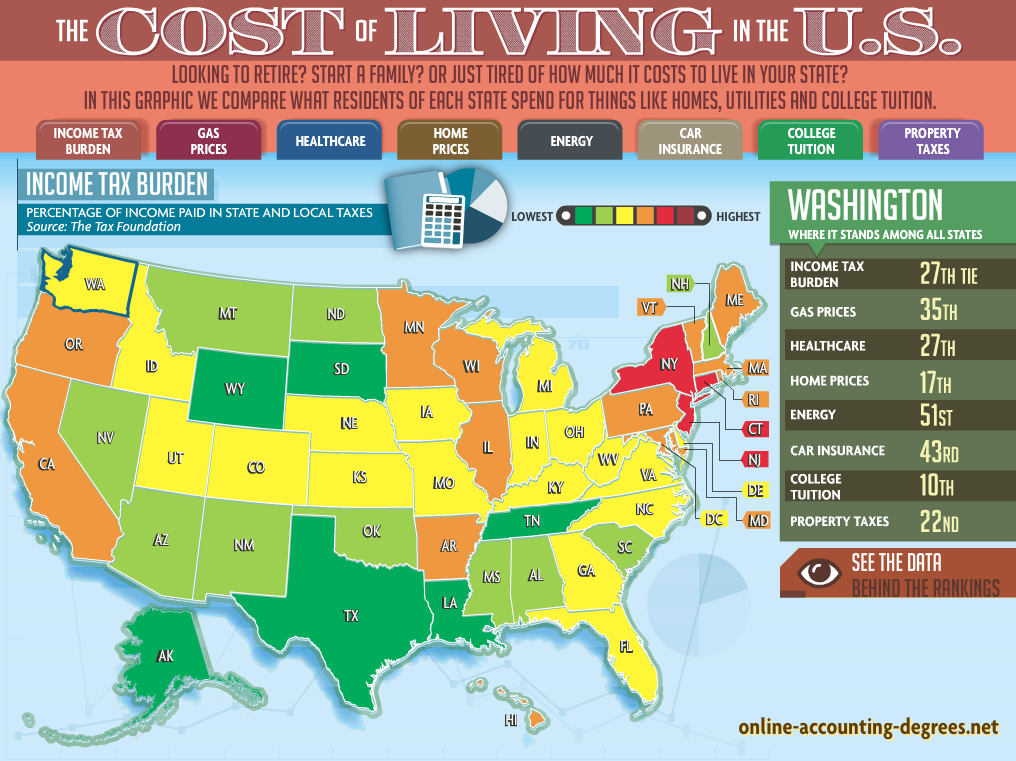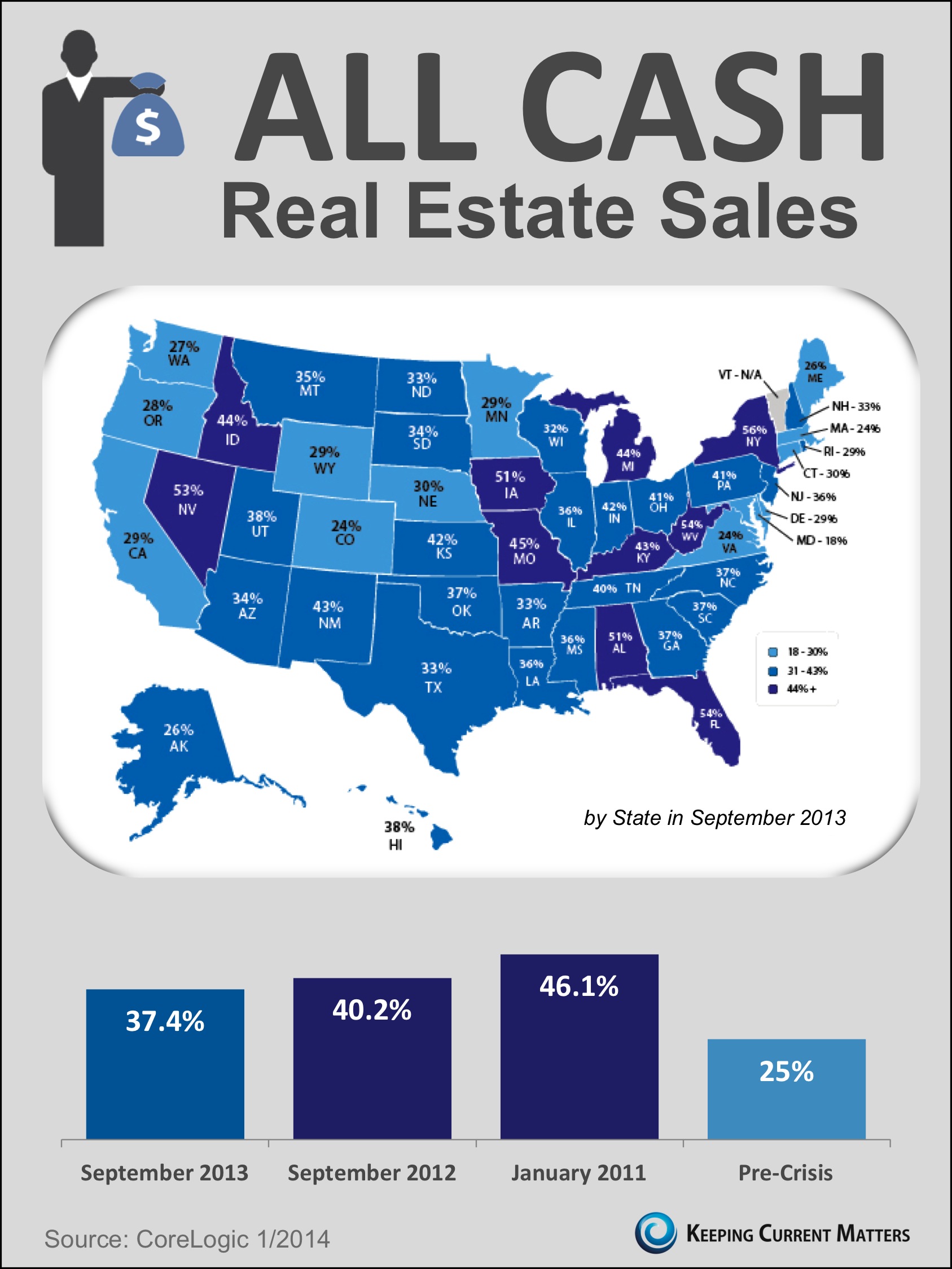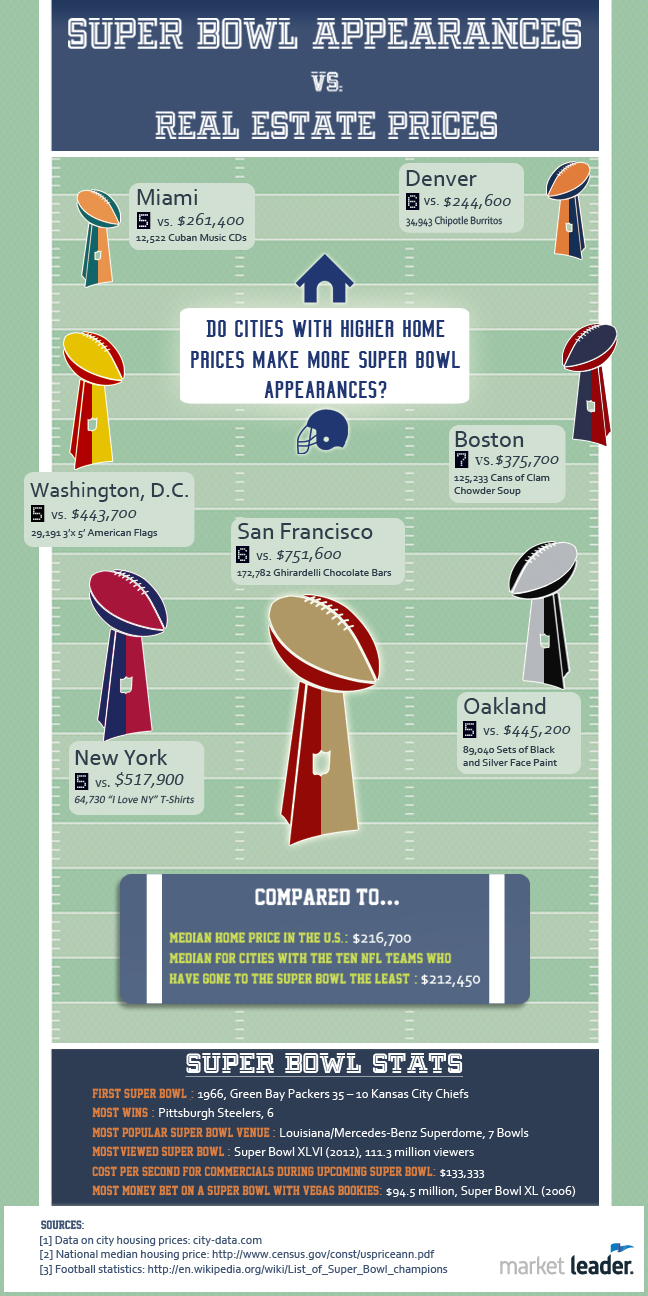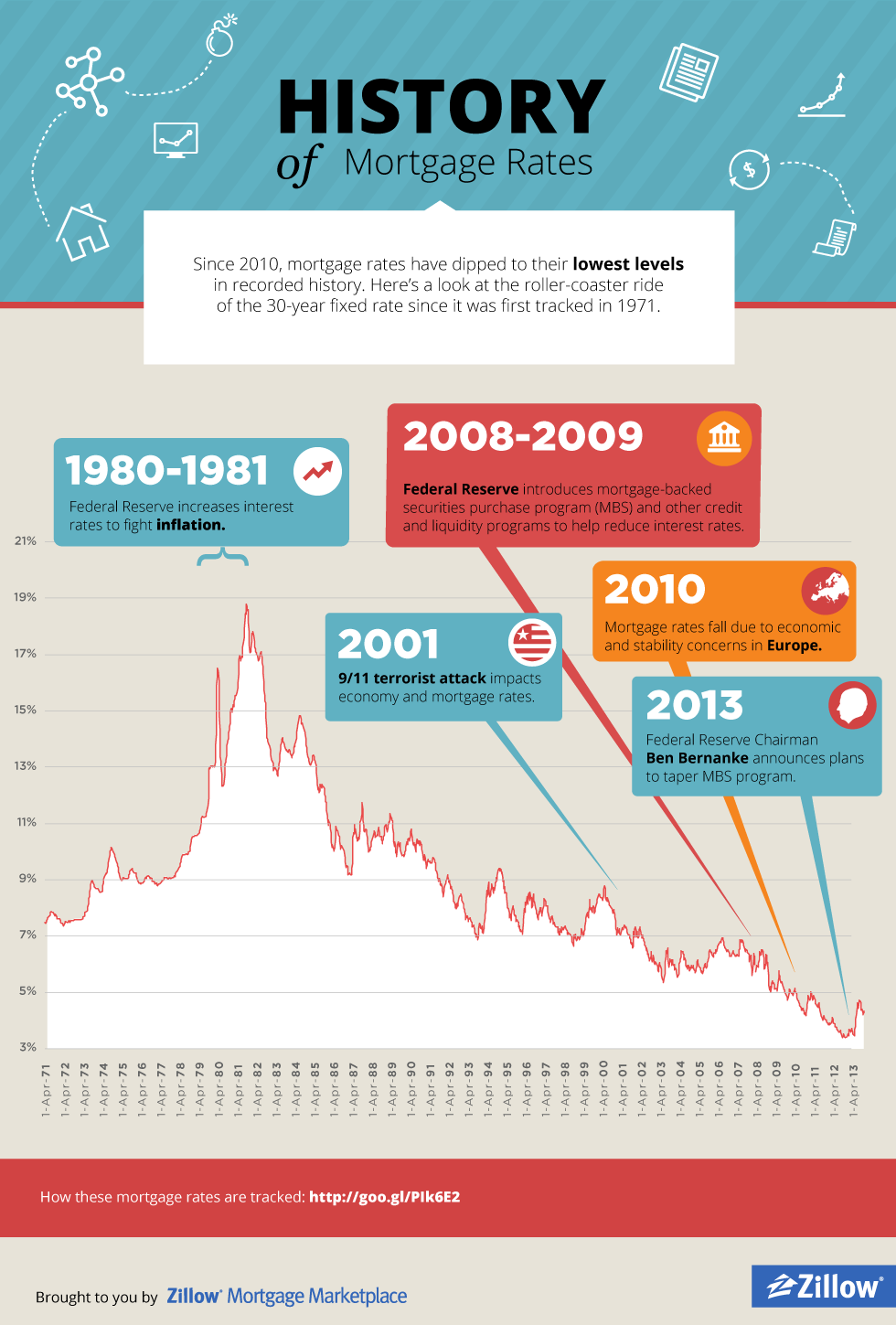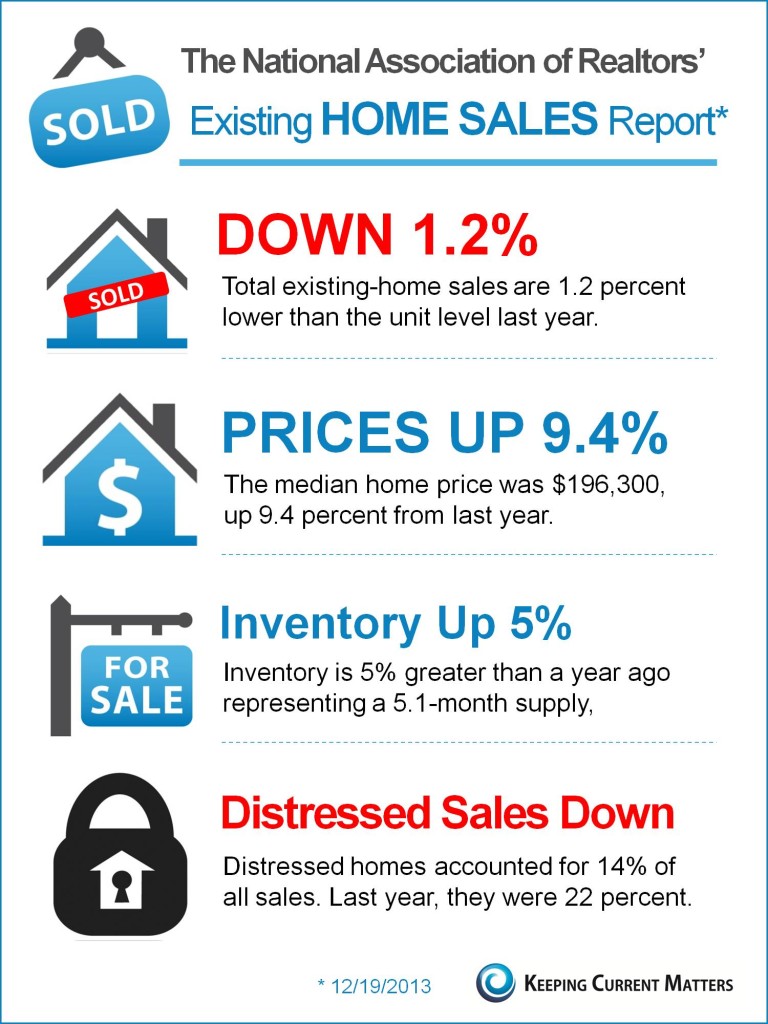 Energy tax credits on select improvements available through the end of tax year 2013.
Energy tax credits on select improvements available through the end of tax year 2013.
If you upgraded one or more of the following systems last year, you may be eligible to take a tax credit — up to $500 — on your return.
- Biomass stoves
- Heating, ventilation, air conditioning
- Insulation
- Roofs (metal and asphalt)
- Water heaters (non-solar)
- Windows, doors, and skylights
The energy tax credits are small, but at least a credit is better than a deduction:
- Deductions just reduce your taxable income.
- With a credit, you get a dollar-for-dollar reduction in your tax liability: If you get the $500 credit, you pay $500 less in taxes.
Limits on IRS energy tax credits besides $500 max
- Credit only extends to 10% of the cost (not the 30% of yesteryear), so you have to spend $5,000 to get $500.
- $500 is a lifetime limit. If you pocketed $500 or more in past years combined, you’re not entitled to any more money for energy-efficient improvements in the above categories. But if you took $300 back then, for example, you can get up to $200 now.
- With some systems, your cap is even lower than $500.
- $500 is the max for all qualified improvements combined.
Certain systems capped below $500
No matter how much you spend on some approved items, you’ll never get the $500 credit — though you could combine some of these:
| System | Cap |
| New windows | $200 max (and no, not per window—overall) |
| Advanced main air-circulating fan | $50 max |
| Qualified natural gas, propane, or oil furnace or hot water boiler | $150 max |
| Approved electric and geothermal heat pumps; central air-conditioning systems; and natural gas, propane, or oil water heaters | $300 max |
And not all products are created equal in the feds’ eyes. Improvements have to meet IRS energy-efficiency standards to qualify for the tax credit. In the case of boilers and furnaces, they have to meet the 95 AFUE standard. EnergyStar.gov has the details.
Tax credits cover installation — sometimes
Rule of thumb: If installation is either particularly difficult or critical to safe functioning, the credit will cover labor. Otherwise, not. (Yes, you’d have to be pretty handy to install your own windows and roof, but the feds put these squarely in the “not covered” category.)
Installation covered for:
- Biomass stoves
- HVAC
- Non-solar water heaters
Installation not covered for:
- Insulation
- Roofs
- Windows, doors, and skylights
How to claim the energy tax credit
- Determine if the system you installed is eligible for the credits. Go to Energy Star’s website for detailed descriptions of what’s covered; then talk to your vendor.
- Save system receipts and manufacturer certifications. You’ll need them if the IRS asks for proof.
- File IRS Form 5695 with the rest of your tax forms.
This article provides general information about tax laws and consequences, but isn’t intended to be relied upon as tax or legal advice applicable to particular transactions or circumstances. Consult a tax professional for such advice, and remember that tax laws may vary by jurisdiction.

